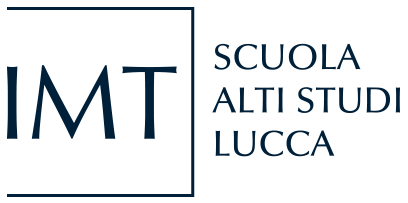In Aristotle’s physical system, the four elements behave according to their fundamental qualities – hotness and coldness, dryness and wetness – and are therefore subject to specifically defined forms of spatial interaction. Among these connections, the one between earth (cold and dry) and water (cold and wet) is particularly rich of consequences for Aristotelian science, because it encroaches the domains of meteorology – full of wet phenomena such as rain and snow –, of geology – addressing issues like the physical shape of the earth, the formation of mountains, etc. –, and of biology – inasmuch as the relation between earth and water is key to the genesis and persistence of complex forms of life. In the religious domain, the biblical account of creation in the Genesis spells out with a certain degree of detail how earth and water were formed, shaped, and divided at the beginning of time, and how animals began to exist in the respective terrestrial and aquatic domains. The intersections between revealed/religious and philosophical/scientific accounts of the relation between water and earth were accordingly explored in much detail by medieval thinkers, not only in the Christian-Latin world, but also in the Jewish-Hebrew and Islamic-Arabic milieus. In this elaborate framework, a singular little text attributed to Italian poet Dante Alighieri, the Questio de aqua et terra, is a paradigmatic specimen of the significance of these debates also outside the boundaries of universities, and possibly for people who were not specifically trained in Aristotelian science and philosophy, or else in theology and Biblical exegesis. The topic dealt with in the Questio is a central one for the Peripatetic physics of the elements, i.e. the issue of why and how did dry land emerge from water, if water is absolutely lighter than earth, and the elements take the shape of a sphere in their proper domain. This workshop aims to revise the complex tradition which finds in the Questio an all-peculiar exemplum, but it wishes to do so under a visual angle hitherto rather neglected in scholarship. This consists in highlighting the possible crosspollinations between Arabic (and Jewish) Peripatetic sources, and the treatment given to the issue in Dante’s purported treatise. In so doing, the workshop wishes to provide new material to Dante scholars interested in better understanding the theoretical and scientific teachings of the Questio, as well as the debated issue of its authorship, in contradistinction to the mainly Latin sources hitherto explored in scholarship to assess it. Likewise, it is an aim of the seminar to give historians of medieval and early modern thought a chance to discuss the interrelated issues of physics and religious exegesis raised by the most fundamental elemental interaction of water and earth, in the framework of the long history of Aristotelianism from its Greek origin up to its most recent, post-medieval incarnations.
Join at http://imt.lu/aula1
